
Amazon and Samsung launch custom Kindle for Samsung service
Not content with already having a Kindle app for Android devices, Amazon has joined forces with Samsung to launch Kindle for Samsung. The slightly unnecessary venture brings a new custom ebook service to owners of devices from the South Korean firm and launches on the Galaxy S5 immediately. Other Samsung Galaxy handsets and tablets will gain access to the app shortly afterwards, providing they are running Android 4.0 or newer. Of the millions of books and magazines that will be available through the service, more than 500,000 of the titles will be exclusives.
At the same time as the Kindle for Samsung launch, the two companies are also launching Samsung Book Deals. This enables Galaxy owners to obtain up to 12 free ebooks per year, making a selection from a choice of four each month. With the promise that "each book is chosen specifically for Galaxy smartphone and tablet users from a wide selection of prominent titles", there should be something for everyone.

Chrome Remote Desktop comes to Android, iOS 'later this year'
In late-2012, Google released Chrome Remote Desktop, allowing users of the popular browser to provide and receive remote assistance. The feature has been especially useful to those who rely on Chromebooks, which have a much more limited app selection compared to traditional PCs where many tools, like TeamViewer, are available for such tasks.
Now, Google brings Chrome Remote Desktop to Android. Unlike on PCs where the feature can be added to the browser, this tool is a standalone app, designed for both phones and tablets.
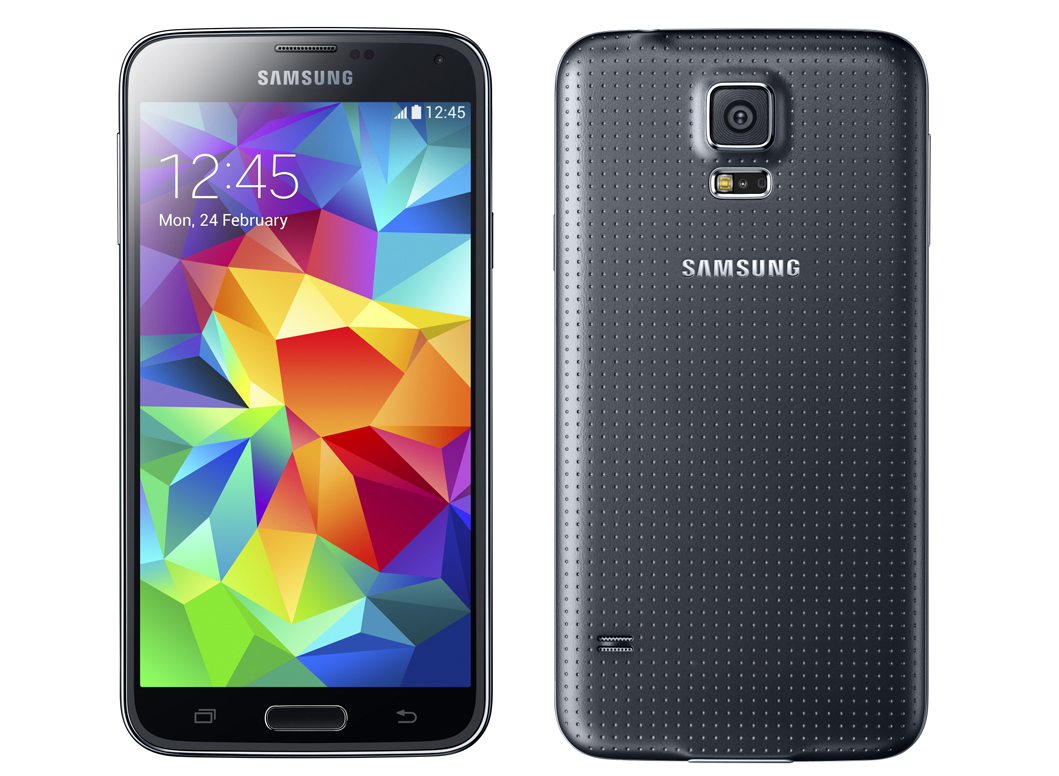
Samsung Galaxy S5 goes on sale
Announced on February 24 at the Unpacked 5 event, the Galaxy S5 is Samsung's new Android flagship smartphone. It officially launches today in 125 countries across the globe, that includes major markets like US, Europe and Asia.
The Galaxy S5, much like its popular predecessors, comes packed with new features. Samsung did not refrain from throwing everything but the kitchen sink at its new flagship. The highlight is undoubtedly the fingerprint reader, that gives users the option to swipe their fingers on the lower front side of the device to unlock it. It remains to be seen whether consumers will find it useful, but the fingerprint reader is one of the features that, so far, sets the new flagship apart from the pack.

Dropbox befriends businesses, announces Carousel
Cloud storage service Dropbox has officially announced the public availability of Dropbox for Business, a new product designed to boost the company's penetration in the enterprise cloud storage market. There, it will go against existing offerings from competing services like Box.
Dropbox for Business is designed to appeal to both enterprises and their employees, so it will give enrolled users the option to switch between work and personal content. Administrators will be able to have better control over company data, according to Dropbox, with the help of features like remote wipe, account transfer and audit log sharing, which allow them to keep track of data stored in Dropbox's cloud.

Dropbox launches Mailbox for Android with 'Auto-swipe'
Dropbox has launched an Android version of Mailbox, its popular iOS email client.
The headline addition is a new "Auto-swipe" feature which learns from your actions, such as which emails you want to "snooze" (hide until later) and which you want to archive, then automatically handles similar messages in the future.

These new Samsung Galaxy Pro video ads are awesome
Unlike other mobile device manufacturers, Samsung gets advertising and it also has the money to afford it. Remember the campaigns that pitted flagship Galaxy smartphones against Apple's competing iPhones? Those serve as a prime example of how effective Samsung can be when it comes to comparing its own products against those of the competition.
Well, Samsung is at it once again. This time around the company is showing its Galaxy Pro series slates against Apple's popular iPads and Amazon's Kindle, in four video ads which, once again, focus on major differentiating features. And Samsung is doing a very convincing job here by tackling the right areas, where its slates have a clear advantage.
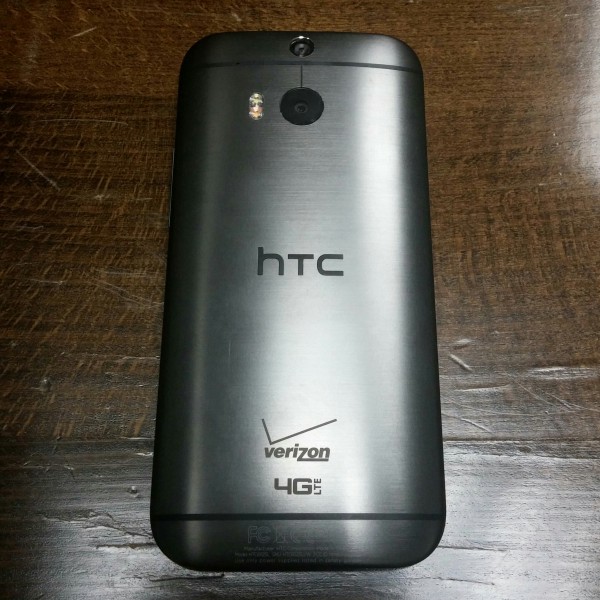
HTC One (M8): From quality comes Android greatness [Review]
Smartphones are very personal -- one device cannot fit all. Some people love the phablet craze, declaring enormous devices such as the Samsung Galaxy Note 3 as the best. However, others will say it is too big. Even more will decry the fact that it runs Android and not their favorite mobile OS of choice, iOS or Windows Phone.
So, in reality, if a reviewer says something is the best, or perfect, it is the best or perfect for them. For you, maybe it would be a poor choice. But, if you do prefer Android, the nice thing is, those devices come in many shapes and sizes, so you can make your own choice. With all of that said, for me, the HTC One (M8) is the best Android phone available and it is damn-near perfect, save for a few minor gripes.
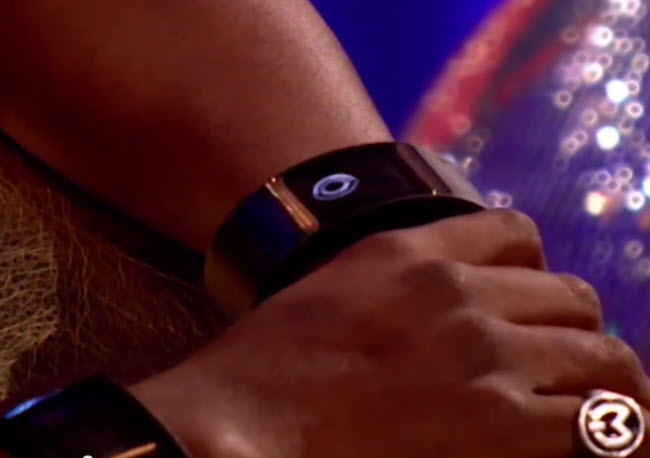
will.i.am has a self-designed smart watch ready to launch soon
Rapper, producer, Black Eye Pea and all round tech-loving futurist tech-head will.i.am has designed his own smart watch which will be ready for launch in the coming months. The music titan has, apparently, self-designed and self-funded a project which should lead to a release in July. Very little is known about the device at the moment, but it has made a few appearances on TV screens that give an intriguing glimpse of what's to come. Unlike other wearables, this one looks like it will not require tethering to a smartphone -- it will stand on its own two feet.
It's worth pointing out for non-UK residents that product placement (endorsements, 'support from', 'promotional consideration' or however you want to view it) does not really exist in the UK in the same way as in the US and some other countries. But that said, will.i.am has been spotted on more than one occasion, "subtly" interacting with a device strapped to his wrist. Viewers of The Voice in the UK (yeah, sorry, I've been known to dip into it from time to time) will probably have noticed him fiddling with his wrist, and reference has been made to his actions on a couple of occasions.

Lenovo ThinkPad 8 -- the Rolls Royce of small Windows tablets [Review]
For many, small tablets are synonymous with low cost. This is thanks to Android tablets like the Nexus 7, which is great. While there is nothing wrong with being inexpensive, many of those Android tablets are also of poor quality -- the market is flooded with no-name variants. This has given small tablets a bad name. Small Windows tablets have been hit or miss. There have been duds such as the Acer Iconia W3 and good ones such as the Lenovo Miix 2 8. What has eluded the market thus far, is a great one.
The ThinkPad name is synonymous with business-class quality and durability. The laptops under this branding are known to be rugged, but elegant too. Leonovo only designates this moniker to computers that meet a certain high standard. So when given the opportunity to review an 8.3 inch ThinkPad tablet, I was excited for a quality product. Is it the great tablet we have been waiting for?
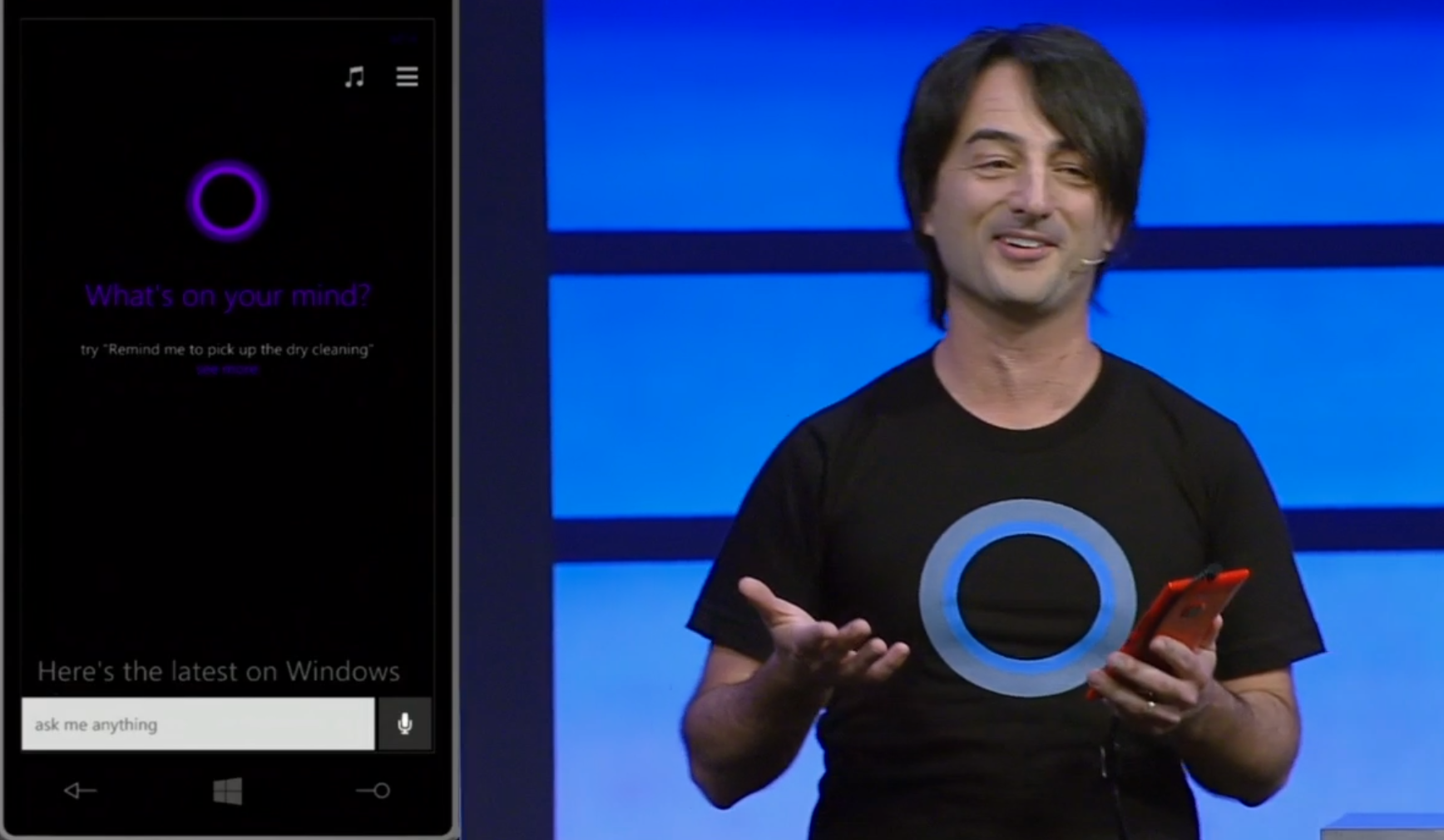
Meet Windows Phone 8.1
Today, at the Build conference in San Francisco, Microsoft takes the wraps off Windows Phone 8.1, the first major update for its smartphone operating system since late-October 2012. The much-awaited release should finally give the software giant's competitor a clear advantage in the race against main rivals Android and iOS, that dominate the smartphone market from afar.
Microsoft has thrown a lot of features at Windows Phone 8.1, some of which we had been expecting to arrive with Windows Phone 8. A lot is riding on this release, as the platform is at a critical stage now. Its market share fails to top 4 percent due to low consumer adoption, Microsoft is set to become the largest Windows Phone vendor, manufacturers have shown little interest in it as they focus their efforts on Android instead, and the competition is more fierce than ever. Windows Phone 8.1 is the release which sets the tone for the platform in 2014, and, naturally, our expectations are high.
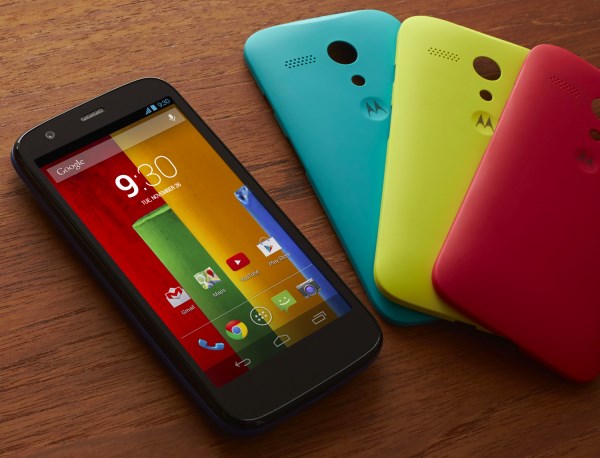
Motorola matters once again in Europe
Before Motorola brought the Moto G and Moto X to Europe, the company's presence on the old continent was lackluster at best when it came to smartphones. The best consumers could get, and only in a small number of markets, was the dated Razr HD that seemed to be aimed solely at the brand's fans and keeping the Motorola name alive. The maker had thrown in the towel, trailing behind the likes of Apple and Samsung.
The Moto G and, later, the Moto X have put Motorola back on the smartphone map. "Motorola was nowhere in Europe before the Moto G launched in November last year, but the new model has since boosted the manufacturer to 6 percent of British sales", says Kantar Wordpanel ComTech strategic insight director Dominic Sunnebo. "It highlights the speed at which a quality budget phone can disrupt a market".
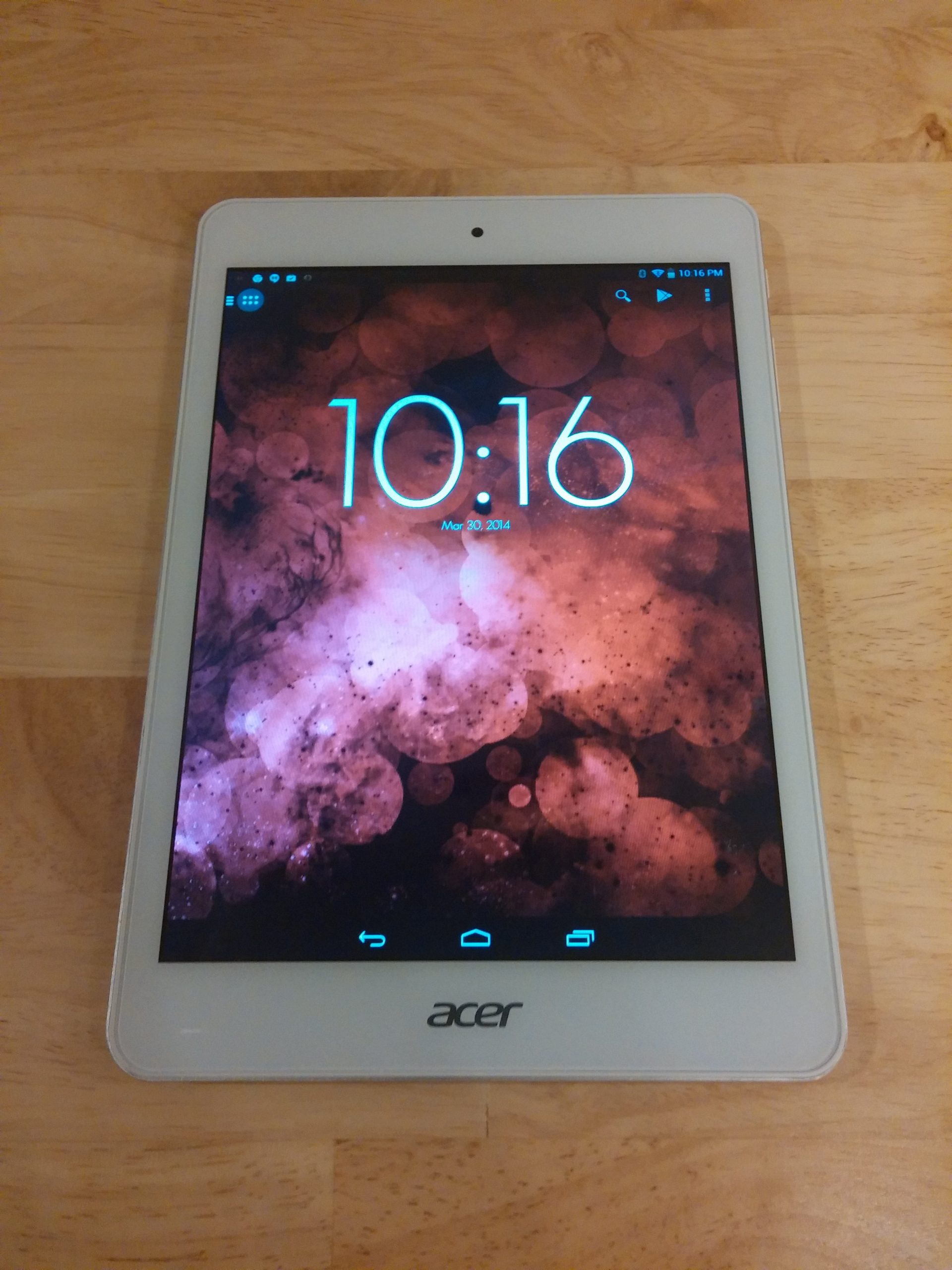
Acer Iconia A1-830 -- a budget Android tablet powered by Intel [Review]
Android tablets are often hit or miss. There are typically two types -- good quality and poor quality, with very few in between. Android purists will tell you to stick with the Nexus line, but restricting the pool of available tablets defeats the purpose of Android entirely -- choice and diversity. Instead, consumers should keep an open-mind to all manufacturers.
Speaking of manufacturers, one of my favorites is Acer, as it delivers value on a budget. Today, I am reviewing an 8-inch tablet from that company, the A1-830, and it is very unique. Hell, it is powered by Intel, costs $179.99 and the display is 4:3. Interested? Read on.

The most popular stories on BetaNews this past week March 23 -- 29
Microsoft has flirted with Apple's iPad on a couple of occasions this week. Early on in the week there was the case of a 12-year-old girl who wanted nothing more than an iPad Mini. Microsoft stepped in and managed to convince her that the Surface 2 was the way ahead. Way to spin! But this was not the big Microsoft-iPad news. In a move that many saw as almost sacrilegious -- but one that was welcomed by just about the same number -- Microsoft Office, finally, made its way onto iPad. This wasn't the only release from Microsoft this week -- the source code for early versions of MS-DOS and Word for Windows was made publicly available. Having faced criticism for the way it approached a recent investigation, Microsoft pledged that it would no longer read customer emails during the course of an investigation without getting law enforcement involved.
Windows XP may be in its death throes, but this isn't going to stop people from using it. To help keep these hardy fellows safe, Malwarebytes announced that it would keep its users protected for life. It's not just XP that Microsoft is lowering into the grave, Office 2003 also finds itself six feet under. As the door on XP closes, another one opens -- or closes, depending on how you look at it. The purchase of Nokia's Devices and Services division is due to close in April after initially facing some delays.

Shazam! Rdio deepens its partnership with music ID service
Rdio is already partnered with Shazam, the app that allows you to identify that song you're hearing and are dying to know -- on the radio or TV, it can’t help with the one stuck in your head. That app hasn’t been invented yet, but I personally hope it is soon.
Now Rdio announces it has expanded the partnership beyond previous bounds. Until now users of Shazam could add songs they discovered to a Rdio playlist. Now customers of the app will be able to add any song to that list.

Black Entertainment Television launches BET NOW mobile app for Android and iOS
When it comes to mobile media apps, there is no shortage of available content. It is simply overwhelming to choose between the various music and video services, such as Netflix, Beats Music, and Hulu Plus, to name a few. However, more choice is always a good thing, as it can cause a competition that ultimately helps consumers with lower prices.
One network that has been lacking a representation in the mobile app landscape is BET -- Black Entertainment Television. While the network self-proclaims to focus on African-American audiences, people of any color or nationality can enjoy it. Today, the network launches the BET NOW app for iOS and Android.
